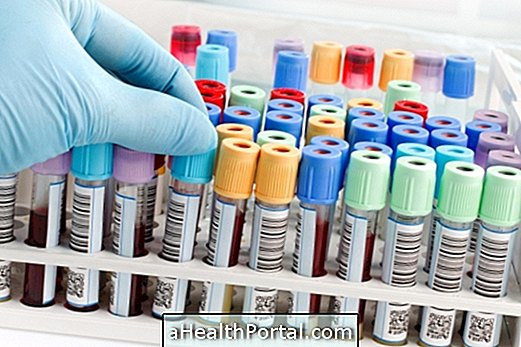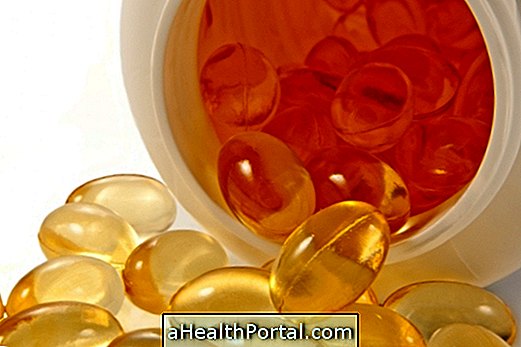The liver is one of the organs of the digestive system most important for digestion because it has the function of metabolizing and storing nutrients, which are only ready to be absorbed and used by the body after passing through it.
The liver is considered an organ, but at the same time it is a gland, is about 20 cm wide and weighs generally more than 1 kg. It is located in the upper right part of the abdomen very close to the stomach and is subdivided into 4 lobes: straight, left, caudate and square.

Functions of the Liver in Digestion
The liver is a very important organ for the digestion of food because it is able to:
- Transforming galactose and fructose into glucose to be used as energy source;
- Store the glycogen and turn it into glucose by sending it back to the blood again when needed;
- Transform proteins into amino acids, synthesis of non-essential amino acids and the production of essential proteins, such as albumin, transferrin, fibrinogen and other lipoproteins;
- Store fat-soluble vitamins and minerals;
- Filter the blood by sending the toxins to the kidneys to be eliminated.
In addition, the liver transforms fat from food and accumulates it as a source of energy, in which case the person develops a disease called hepatic steatosis, which is when there is accumulation of fat in the liver, which impairs its functioning.
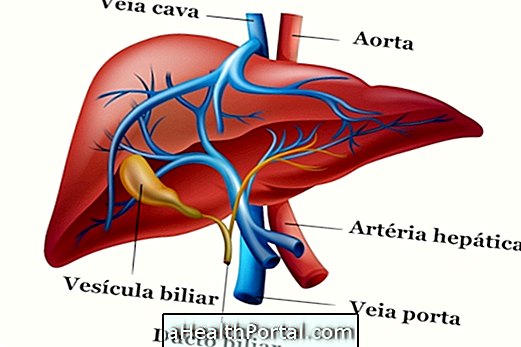
Other Functions of the Liver in the Body
Besides being a key part in digestion, the liver plays many important functions in the body, some of them are:
- Storage of vitamins A, B12, D and E, and some minerals, such as iron and copper;
- Destruction of old or abnormal erythrocytes;
- Participate in the digestion of fat in the digestive process, through the secretion of bile;
- Storage and release of glucose;
- Synthesis of plasma proteins;
- Cholesterol synthesis;
- Production of fats (Lipogenesis);
- Production of platelet precursors;
- Conversion of ammonia into urea;
- Purification and detoxification of various toxins;
- It metabolizes drugs.
The liver has a great capacity for regeneration and that is why one can donate part of the liver, making the donation alive. However, there are many diseases that can affect the liver, such as hepatitis, liver fat and cirrhosis.
Liver-related diseases
When the liver is affected by some disease, it is common to have symptoms such as yellowing of the skin and eyes, dark urine, light stools, enlarged liver, swollen, and there may be pain in the abdomen, especially on the right side after to eat.
However, the liver may also be compromised and the person does not have any symptoms, and changes are found when performing blood tests that evaluate liver enzymes such as ALT, AST, GGT and bilirubin, or through imaging tests such as CT or ultrasonography, for example.

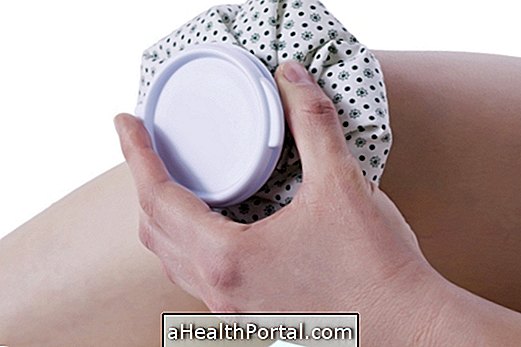

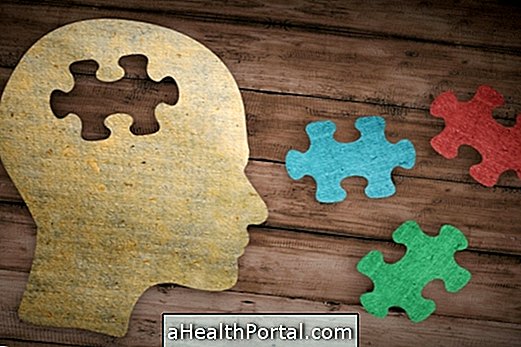
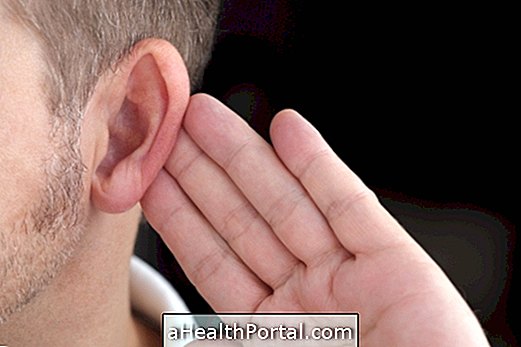
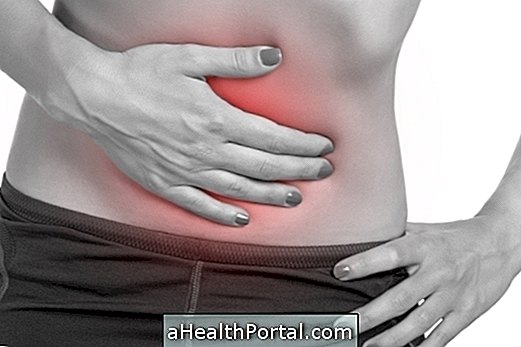



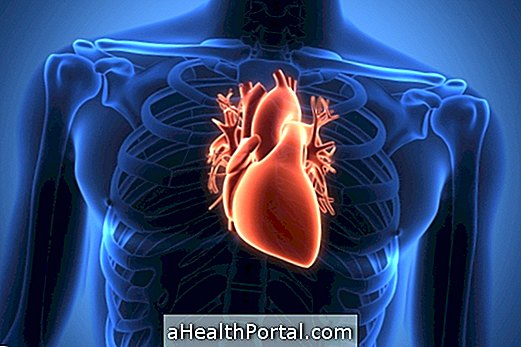


.jpg)


